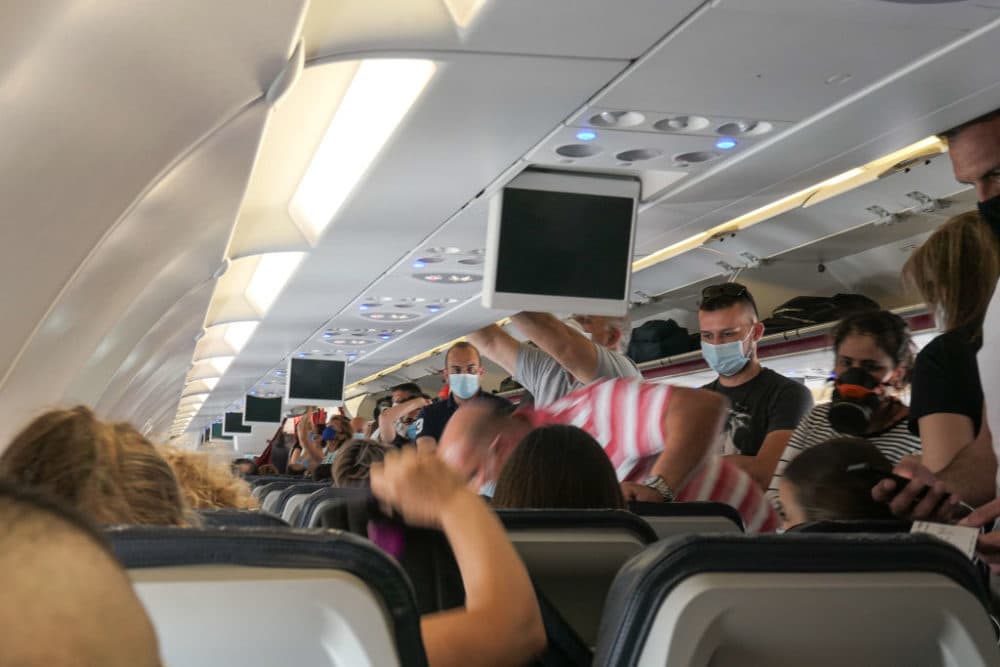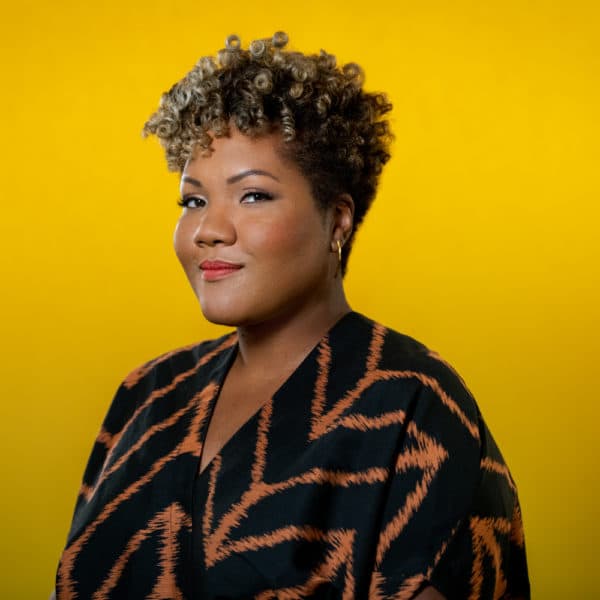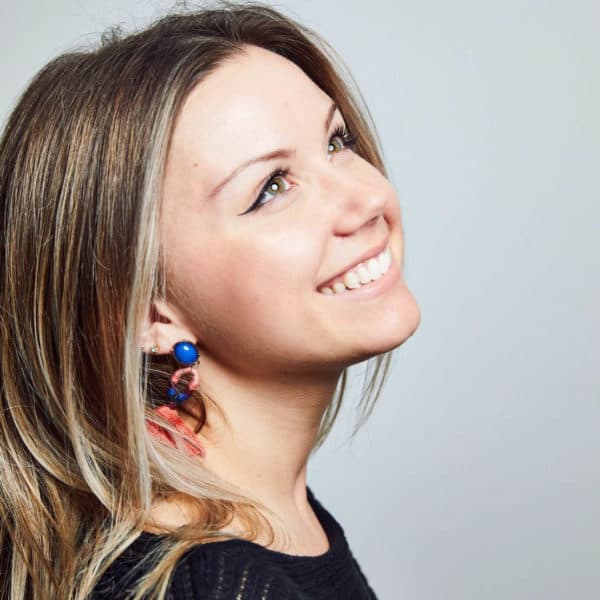Advertisement
How Well Do People Evaluate COVID-19 Risks?

Many times during the coronavirus pandemic, decisions are based on gut instincts, whether it’s going shopping, seeing friends at a barbeque or hugging loved ones.
Researchers at Georgia Tech, however, have created a map that can help people make more rational, data-driven decisions based on where they live. The COVID-19 Event Risk Assessment Planning Tool can estimate the probability that one or more individuals in a gathering of a certain size may have the coronavirus, says professor Joshua Weitz, one of the tool’s creators.
For example, Los Angeles County has a 91% risk level for a gathering of 100 people.
To calculate the percentages of each county, Georgia Tech researchers take cases reported in the last 10 to 14 days from state and county health departments, which the New York Times aggregates at the county level. Weitz says recent cases serve as “a proxy for the potential that individuals may be out and about circulating and given asymptomatic fractions, may be unaware that they're sick.”
Researchers also have to make some assumptions. He says the tool includes a button for ascertainment bias, which is how many cases are being reported versus how many are really out there to show the probability one or more persons in a gathering of 100 people might be infected.
“So for every case that's reported, there may be five or even tenfold as many actual cases,” he says.
A lot of areas on the map show a high-risk level. That’s because of high community transmission levels, he says.
He says he hopes people using the tool gain a better understanding of the need for mask wearing and social distancing, and to reconsider certain high-risk interactions such as being in an inside setting for a long period of time.
“It's crucial to understand that this is not the chance that you're going to get COVID-19,” he says. “In fact, we're trying to communicate the risks associated with being in large gatherings precisely to help people reduce the risk of contracting the disease.”
While tools like this can help people evaluate risk and make decisions, author David Ropeik says it isn't so simple. Every time a person makes a calculation about risk, they are relying on feelings as much as facts, he explains.
Advertisement
The definition of risk two-fold: the chance of something bad happening, but also how bad something feels to you — a feeling that is “inescapably subjective,” he says.
“No matter how much information we have from wonderful tools, we're still going to apply to them our life circumstances — our health and wealth and circumstances and so forth — and our feelings, more than the facts, are what's going to drive our choices,” Ropeik says.
Although COVID-19 cases are still at record highs across the country, many have resumed activities that health officials are still advising against — gathering in large numbers indoors, for example.
That’s because humans’ need for control and normalcy is competing against the fear of coronavirus, he says.
“In March, we were all freaked out and stayed at home, and now we're going out and about. What's changed is the risk isn't as new as it was,” he says. “When a risk is new, it's scarier because we don't understand it as well.”
While culture “has a voice” in what actions we do or don’t take against the virus, Ropeik says most people around the world share social altruism, which means making sacrifices for the greater common good. This can be seen when people practice mask wearing, he says.
Since most people don’t see what’s occurring inside overwhelmed hospitals, COVID-19 can be out of sight, out of mind to a certain degree. Ropeik says when risk — such as coronavirus — is personified with a face and a name of a familiar person, our awareness of that risk is higher.
People also tend to assume that someone they know is less likely to be contagious than a stranger. This comes down to trust, he says, and being less afraid of a family member or friend. Communication from a trusted person about the virus also has influence to sway someone one way or the other, he says.
In trying to gain control of a perplexing situation, some have turned to obsessive cleaning of surfaces — even though the virus primarily spreads through the air.
Because people have felt powerless during the pandemic, they’ve turned to methods that create a false sense of safety.
“We'll do all sorts of things — like obsessive cleaning, like buying toilet paper, like buying guns — to give ourselves a sense of control, which gives us a sense of greater safety,” he says. “And when we don't have it, we reach out for any way to get it.”
Cristina Kim and Francesca Paris produced and edited this interview for broadcast with Tinku Ray. Serena McMahon adapted it for the web.
This segment aired on August 24, 2020.

